Introduction
Tramadol 100mg is used to treat relief pain. It works by altering the way the brain perceives pain, providing relief for conditions such as chronic pain, post-surgical discomfort, or injury-related. As an opioid analgesic, Tramadol combines effective pain relief with a lower risk of dependency when used with proper Instruction.
Common Uses of Tramadol 100mg
- Post-Surgical Pain: Often prescribed to manage discomfort after surgeries.
- Chronic Pain: Suitable for long-term conditions like arthritis or fibromyalgia.
- Injury Recovery: Helps patients manage pain from accidents or injuries.
Instructions Before Taking Tramadol 100mg
- Avoid alcohol and other sedatives, as they can heighten side effects.
- Not recommended during pregnancy or breastfeeding without medical advice.
- Inform your doctor about existing conditions, especially liver, kidney, or mental health issues.
Side effects of tramadol 100mg
- Low energy
- Constipation
- Dry mouth
- Sweating
- Headaches
- Feeling sleepy
- Feeling or being sick
How Does Tramadol 100mg Work?
Tramadol works by targeting pain receptors in the brain and spinal cord. It blocks pain signals while also enhancing the effects of serotonin and norepinephrine, chemicals in the brain that help reduce discomfort. This dual action provides quick and lasting relief for many patients.
Is Tramadol a narcotic?
Yes, tramadol is classified as a narcotic-like pain reliever. It is a synthetic opioid that works by changing how the brain and nervous system respond to pain. Although it is not as potent as other opioids, it is still considered a controlled substance due to its potential for misuse, addiction, and side effects.
How long does Tramadol stay in your system?
Tramadol 100mg typically stays in the system for varying lengths of time depending on individual factors such as dosage, frequency of use, metabolism, age, and overall health. The drug has a half-life of about 6.3 hours, meaning it takes this long for half of the drug to be eliminated from the body, while its active metabolite, O-desmethyl tramadol, has a slightly longer half-life of approximately 7.9 hours.
In general, tramadol is detectable in blood for up to 24 hours, in urine for 2–4 days, in saliva for up to 48 hours, and in hair for up to 90 days after the last dose. Factors such as higher doses, chronic use, slower metabolism, or health issues like impaired liver or kidney function can extend its presence in the system.
Can I take Tramadol with stomach ulcers?
Taking Tramadol 100mg with a stomach ulcer requires caution and should only be done under the guidance of a healthcare provider. While tramadol itself is not directly known to cause stomach ulcers, it can irritate the stomach lining in some individuals, potentially worsening symptoms of an existing ulcer, such as pain, nausea, or discomfort.
For more information, visit this website now.
How and when to take Tramadol?
Tramadol is a medication used to manage moderate to severe pain. Here’s how and when to take it:
How to Take Tramadol
- Dosage Form: Tramadol is available in various forms, including immediate-release tablets, extended-release capsules, and liquid solutions.
- Administration:
- Immediate-Release: The typical adult dosage is 50 mg to 100 mg every 4 to 6 hours as needed, with a maximum daily limit of 400 mg.
- Extended-Release: Start with 100 mg once daily, which can be increased by 100 mg every 5 days if necessary, up to a maximum of 300 mg per day.
- Liquid Form: Measure the liquid using the supplied syringe or a dose-measuring device.
- With or Without Food: Tramadol can be taken with or without food; however, it’s important to swallow the tablets or capsules whole and not crush or chew them.
- Missed Dose: If you miss a dose and it’s almost time for your next one, skip the missed dose. Do not take two doses at once.
When to Take Tramadol
- As Needed for Pain: Tramadol is typically taken when pain relief is required. It’s important to follow the prescribed schedule and dosage instructions from your healthcare provider.
- Regular Monitoring: Regularly assess your pain levels and discuss any adjustments in dosage with your doctor, especially if you feel an increased urge to take more.

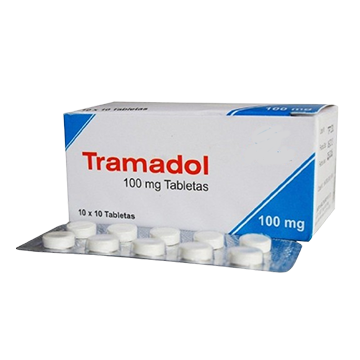
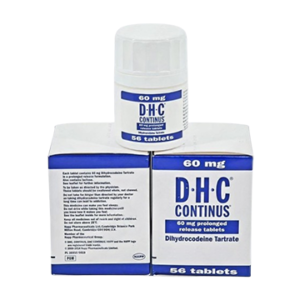
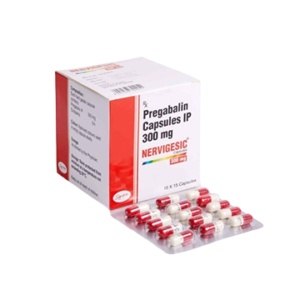

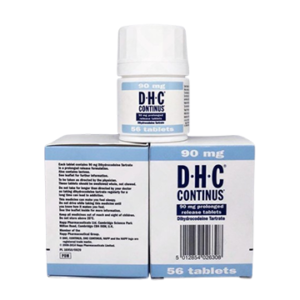
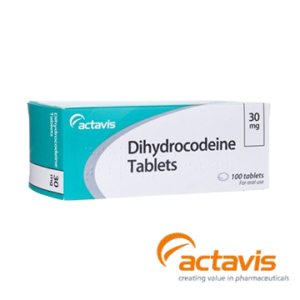
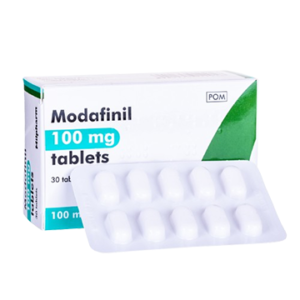
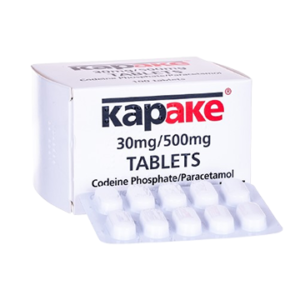

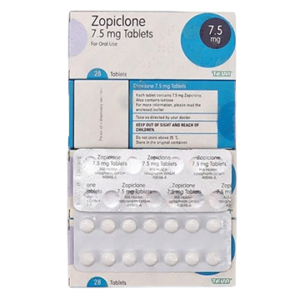
Reviews
There are no reviews yet.